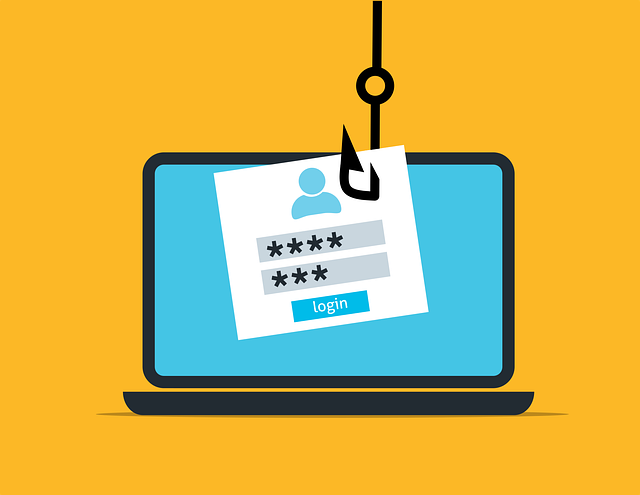Identity Theft Trends in the Digital Age: New Methods and Prevention Strategies
In our interconnected world, convenience often comes with a cost: the rise of identity theft. This digital age crime is not merely an inconvenience; it can be a life-altering experience with far-reaching personal and societal consequences.
This article explores the dynamics of identity theft, its impact, and how to protect yourself in the digital age.
Definition and Impact of Identity Theft
Identity theft occurs when an imposter obtains key pieces of your personally identifiable information, such as Social Security or driver's license numbers, to impersonate you.
This stolen identity can be used to commit a range of crimes, resulting in personal loss and societal mistrust.
In this digital age, identity theft has diversified into different types, making it a ubiquitous threat. Here are some of the most common types of identity theft:
- Financial identity theft is one such type, where fraudsters use your personal information to access your bank accounts, apply for loans, credit cards, or make unauthorized purchases. The aftermath of this can be financially devastating, with emptied bank accounts, plummeting credit scores, and relentless debt collectors.
- Medical identity theft involves criminals posing as you to procure medical services, prescription drugs, or expensive medical equipment. This can result in a corrupted medical record that can jeopardize your health and future care.
- Criminal identity theft occurs when a lawbreaker, upon arrest, provides your personal information to the police, wrongfully associating you with their crimes. This can lead to serious legal complications and reputational damage.
- Employment identity theft involves fraudsters using your information to secure employment or file fraudulent tax returns, leading to lost job opportunities and a tax nightmare you didn't sign up for.
- Online identity theft is a rapidly evolving cybercrime where perpetrators exploit your personal information to execute illicit activities on the internet. This includes opening unauthorized accounts, making fraudulent purchases, or even committing crimes under your name.
Latest Statistics about Identity Theft
Identity theft is more than an abstract threat; it's a widespread issue with alarming statistics:
- An estimated 15 million Americans had their identities stolen in 2021, with a majority of cases going unreported (Javelin Strategy & Research, 2022).
- The Federal Trade Commission (FTC) received over 1.4 million reports of identity theft in 2021. (Federal Trade Commission | Consumer Sentinel Network Data Book 2021)
- Traditional identity fraud losses in 2021 reached $24 billion, a 79% increase over 2020.
- Identity thieves stole approximately $52 billion from Americans last year.
- The most likely victims of identity theft were individuals aged 30 to 39.
- Over 40 million U.S. consumers fell victim to identity theft in 2021.
- Criminals stole more than $750 million through COVID-19 stimulus scams since January 2020. (Federal Trade Commission | FTC COVID-19 and Stimulus Reports)
- The number of identity theft cases reported to the FTC has increased over the last five years.
- The most common type of identity theft in the past year was government documents and benefits fraud.
- Seniors were impacted in 18.9% of identity theft cases.
How the Digital Age Facilitates Identity Theft
In the digital age, cybercriminals employ tactics such as phishing, hacking, malware, and social engineering to steal identities. Social media and online platforms have made it easier for thieves to access personal information.
With just a few clicks, they can gather vast amounts of data, especially if these platforms are unsecured or have suffered a data breach.
However, it's not all bad news. Technology has also given us advanced tools to combat identity theft. Encryption technology, for example, secures the transmission of data over the internet, while biometric authentication methods like fingerprint and facial recognition provide robust security measures.
Moreover, identity theft protection services leverage cutting-edge technology to monitor a multitude of data points, detect suspicious activity, and alert users in real-time.
How to Keep Your Information Safe
Preventing identity theft requires proactive measures:
- Reduce The Information You Share on Public Domains: Be mindful of the personal information you share online, particularly on social media platforms.
- Don’t Give Apps and Websites Permission to Track Your Data: Limit the amount of data tracking by apps and websites.
- Enable Two-factor Authentication: This adds an extra layer of security to your online accounts.
- Get Rid of Bloatware and Unused Apps: These can potentially compromise your security.
- Carry Out Periodic Checks: Regularly review your bank statements and credit reports for suspicious activity.
How do I know if I was a victim of identity theft?
Look for red flags such as unfamiliar bills, unexpected calls from debt collectors, or new accounts you didn't open. If you suspect identity theft, contact the fraud departments of the compromised accounts immediately.
What should I do if I think I’m a victim of identity theft?
If you suspect you're a victim of identity theft, take the following steps:
- Contact local law enforcement and file a report.
- Reach out to the companies where your information is being misused.
- Notify the three major credit bureaus - TransUnion, Equifax, and Experian - to help protect your credit score.
- File a report with the FTC to help raise awareness about scams and identity theft tactics. 5. Visit the Identity Theft Resource Center (ITRC), which provides tools and information to help protect against identity theft and recover from it.
While these steps can help mitigate the damage, the best defense is a good offense. In this context, that means proactive identity theft protection. Services like IDIQ Identity Theft Protection can monitor your personal information, alert you to potential threats, and help you recover if your identity is stolen.
Conclusion
In the digital age, identity theft has become a widespread issue with severe consequences. However, by understanding the threat and employing strategies to protect personal information, we can mitigate the risks. Stay vigilant, stay informed, and prioritize the security of your personal information to navigate the digital world safely.

